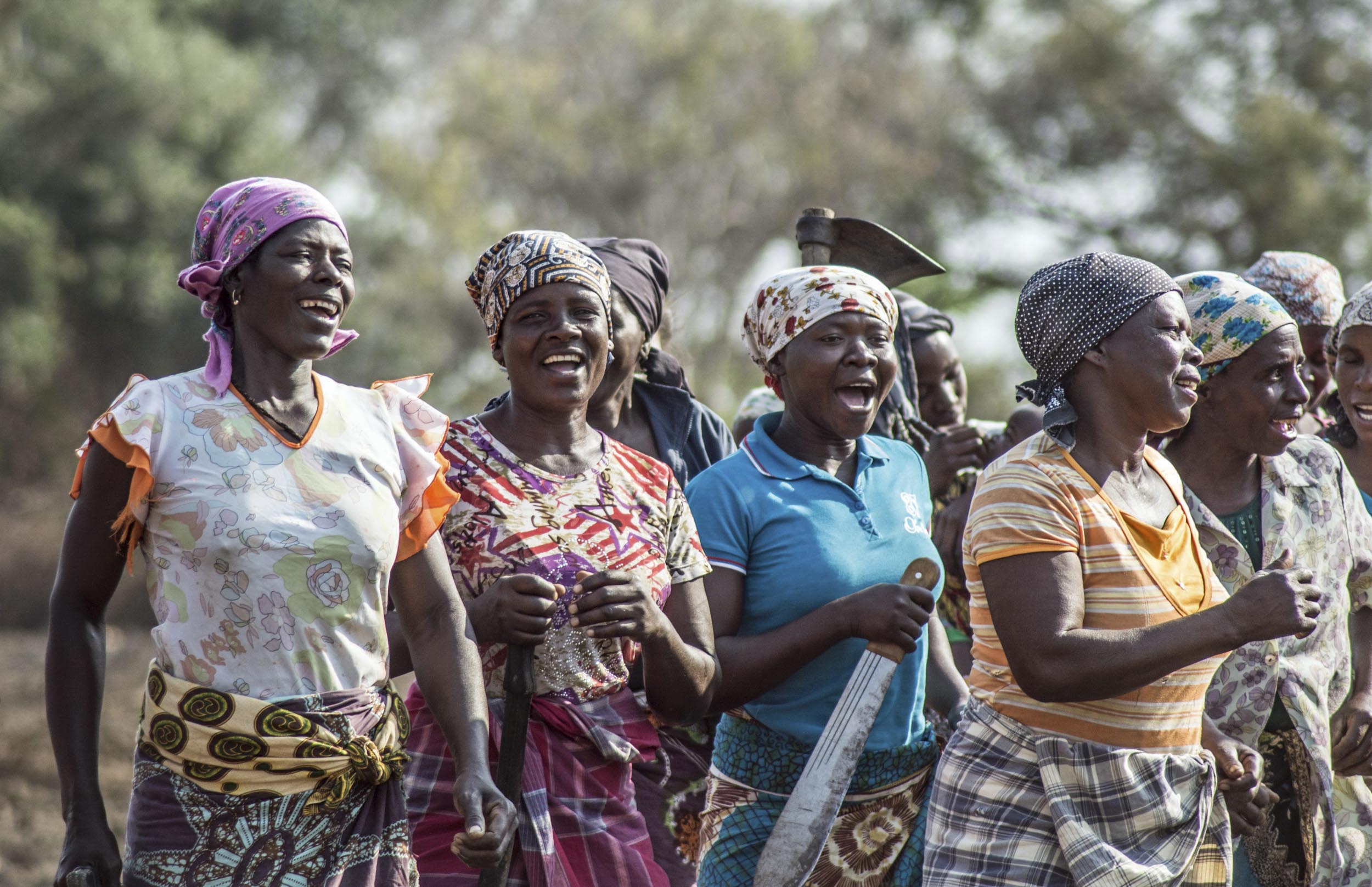The Road Map to Community Resilience via EVCA (v2)

The Road Map to Community Resilience via EVCA provides step‑by‑step guidance on how to operationalise the International Federation of Red Cross and Red Crescent Societies’ Framework for Community Resilience using the EVCA process. It will help you coordinate programme teams in your National Society or branch, and work alongside other stakeholders to enable communities to assess risk and become more resilient in the face of hazards and threats. This Road Map is for National Society staff and volunteers, the IFRC and its operational partners, who want to help communities become safer and stronger.
This document, version 2 of the R2R, features changes based on learning from applying the R2R since 2017. The key changes include moving from 6 characteristics to 11 dimensions of resilience, using simpler language, and adding a climate smart landmark. Another fundamental change is the the integration of the Enhanced Vulnerability and Capacity Assessment (EVCA) into the Road Map to Community Resilience. For the first time in this document, the two processes have been aligned, combining the VCA/ EVCA2 experience with R2R’s community‑driven process and the three RCRC services: accompany, enable, connect. This important integration aims to provide National Societies and volunteers with one general pathway to support communities in strengthening their resilience. Stage 2 below describes the enhanced VCA process (i.e., replacing the separate EVCA guide) and suggests some ways to strengthen communities’ agency when context and volunteer skills allow.
The R2R via EVCA includes an introduction and four sections that describe the main stages of your journey to building community resilience:
- Orientation explains what is different about resilience when compared to other types of programming goals, and why resilience is relevant to communities in all contexts, as well as to National Society and IFRC staff and volunteers.
- Stage 1: Engage and connect explains how to involve all sectors of your National Society in resilience‑building, how to engage communities, and how to link communities to other actors. It also provides advice on which communities to work with, and how to help them define and establish internal roles and responsibilities during the stages that follow.
- Stage 2: Understand risk and resilience uses the EVCA and explains how to guide communities when they identify and assess hazards or threats, exposure, vulnerability and capacity, and measure their risk and resilience.
- Stage 3: Take action to strengthen resilience explains how to accompany communities to develop and implement a risk‑informed community action plan, connecting them to other stakeholders as pertinent.
- Stage 4: Learn explains how to guide communities as they track their progress, learn from good practices and mistakes, and adapt their plans accordingly.
- Reference sheets provide more detail, to keep the main text concise. EVCA toolbox materials are also included. While designed to assist readers less familiar with resilience‑building, they also provide more detailed techniques, glossaries and games. Reference Sheet A is a reading list.
Explore the interactive digital toolkit available here.
Version 1 of the Roadmap to Community Resilience is available here.
